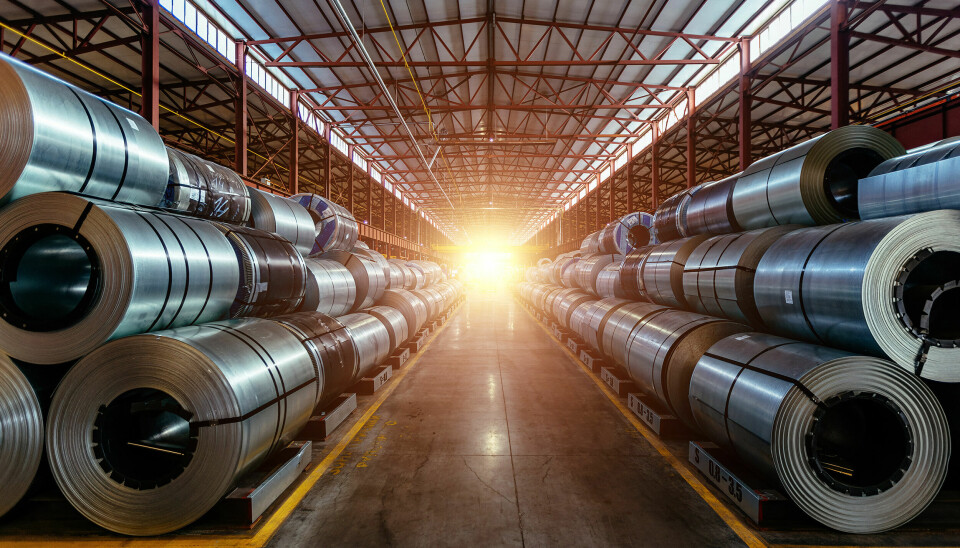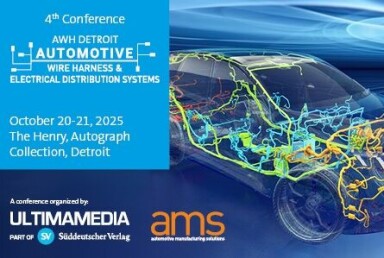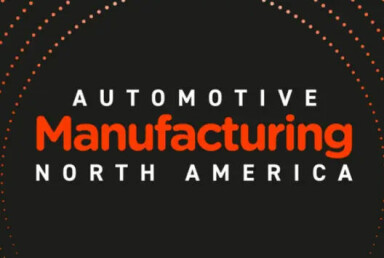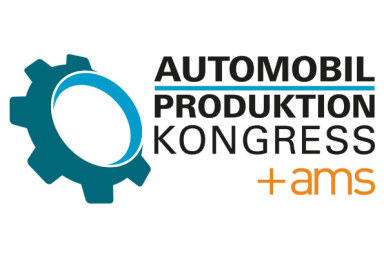Green Steel & EV Success
SSAB creates ‘EV Success Index’ for material selection

The "SSAB EV Success Index" provides designers and EV developers with a single parameter to aid in material selection
With a host of potential technologies and solutions at their fingertips, car designers must make critical decisions on which materials to use for their new electric vehicles (EVs). To help make these decisions, experts at SSAB have created the ‘EV Success Index’ – a metric that rates material solutions based on performance, cost, weight, and environmental impact. They also highlight the importance of performance-to-weight ratios and the implementation of cost-efficient solutions early in the design phase, suggesting that steel is a vital enabler.

The big CO2 challenge
“The mobility industry has set up aggressive targets to become carbon neutral,” observes Jonas Adolfsson, Business Development, Mobility Manager at SSAB. “As a company, SSAB aims to be carbon neutral by 2045. We have set up various targets along the way, using more low emissions materials and increasing circularity with recycled material. All of this is very important to tackle the climate situation.”
Becoming carbon neutral will also be a key challenge for OEMs as well as material specialists and tier suppliers. Adolfsson suggests that the slow pace of vehicle research and development has hindered progress towards reducing carbon emissions in the sector, stressing the need for carmakers to speed up. This approach has been taken by Chinese OEMs, many of whom are rapidly expanding their EV portfolios.
“It takes time to develop cars and to develop new materials, but we simply cannot wait,” Adolfsson emphasises. “We all know that we need to start today on the journey to becoming carbon neutral and reduce emissions drastically.”
The average vehicle emits around 60 tonnes of CO2 during the course of its entire lifecycle, including the sourcing of raw materials, through production and use-phase. Most of this, Adolfsson continues, is from tailpipe emissions. So the logical step, he states, is to fully electrify the global fleet. After that, the focus turns on the production phase and emissions related to materials.
Rare earth materials used in batteries and aluminium are the next biggest contributors to CO2 emissions, followed by steel. Adolfsson confirms that the average new vehicle on the market today contains around 900kg of steel, the making of which will result in around 1.8 tonnes of CO2 emitted, depending on the production method. And while this can be directly measured against the emissions of other materials, other factors must be taken into the equation for the EV Success Index.
Weighing up the ratios

Changing methods in steel production can result in huge CO2 savings. For example, SSAB’s zero steel uses recycled steel and fossil-free energy during production, resulting in a CO2 reduction of around 70% when compared to traditional modern blast-furnaced steel. While this is a significant improvement, Robert Ström, Senior Design Specialist, Automotive, SSAB, explains the need to consider a myriad of factors to create the EV Success Index.
“The choices that we make when it comes to materials have a significant impact on the lifecycle emissions of an EV,” he concurs. “An index is nice because it gives us one overall figure to compare, but within that there are many different sub figures that make up the overall figure.
One of the obvious factors we have to consider, for example, is cost. But another key figure is the performance to weight ratio.”
Ström acknowledges the fact that most EVs on the market today remain relatively expensive when compared to their ICE equivalents. However, with more models hitting the market and improvements in technology, the price is slowly but surely falling. As for the performance to weight ratio, Ström notes that this is a primary concern for material specialists like SSAB, as companies that are developing other solutions will try to use this metric to outmanoeuvre steel suppliers.
Roll-formed ultra-high strength steel has an impressive performance to weight ration and can be as light as aluminium using the right design
“The performance to weight ratio is always important, because if it is not good the OEMs will not be interested,” he asserts. “The best material in terms of performance-to-weight ratio is carbon fibre reinforced plastic (CFRP), but due to its inability to be recycled and its high cost, it is unlikely that this material will be present in significant quantities in mass-produced cars. Therefore, steel needs to compete with aluminium, which also has a very good performance to weight ratio.”
The use of ultra-high strength steels has allowed suppliers to bring down the weight of vehicles. Roll-formed ultra-high strength steel has an impressive performance to weight ration and can be as light as aluminium using the right design. Production processes can be both eco-friendly and cost efficient – two advantages it has over costlier aluminium, Ström says. All of these factors must be considered when creating the EV Success Index, providing a holistic insight into the best materials to choose when designing and producing an EV.
Zero waste, zero excess
The goal to become carbon neutral in the automotive industry will undoubtedly be a huge challenge for both carmakers and suppliers. They will likely be required to utilise methods of CO2 reduction that have not yet been widely deployed, some of which could prove unconventional.
Adolfsson highlights the growing importance of recycling and circularity, suggesting that steel suppliers will likely boost investment in technologies and processes to help in these areas. There are already several companies that are specialising in the recycling of materials for use in vehicle production, but he believes all of those involved must work together to close the loop and reduce reliance on virgin raw materials.
Another area of improvement could be in the design and calculation of gross vehicle weight and how much material is actually needed to produce high quality components. By eliminating unnecessary mass, more weight can be saved and less energy consumed, resulting in lower CO2 emissions.
Finally, and perhaps most promising, could be the switch over to clean, renewable energy during all manufacturing and production processes. “We are trying to transform the whole energy system away from fossil fuels and CO2 emissions to clean electricity,” Adolfsson states. “It is a sensitive process because there needs to be equilibrium between what we produce and what we can earn financially. But at the end of the day, we are running a business, and we are one part of the chain. I think it's important that we are doing our part, and we just hope that other people in the chain have the confidence and capability to do their part, because we need each other if the mobility industry is going to achieve carbon neutrality. It is through collaboration and joint effort that we will be able to create a sustainable future.”
Find our more about SSAB's recycled steel solutions by clicking here.


